

|
|
|


|
|
1/8 Scale Nitro Monster Truck:
Thunder Tiger MTA-4 Sledge-Hammer S50 (Red) - 6225-F* - Radio Controlled ModelHistory and Info:
Introduced by Thunder Tiger circa 2008, the MTA4 Sledge-Hammer S50 Monster Truck - TTR 6225-F071 - came factory assembled RTR, with a pre-painted Red / Black lexan polycarbonate Bodyshell, a Pro-50BK 8.2cc Engine with electric starter and Radio System pre-installed.
▼ Scroll Down for More Images ▼
|








|
|
|

★ Thunder Tiger MTA-4 Sledge-Hammer S50 ★
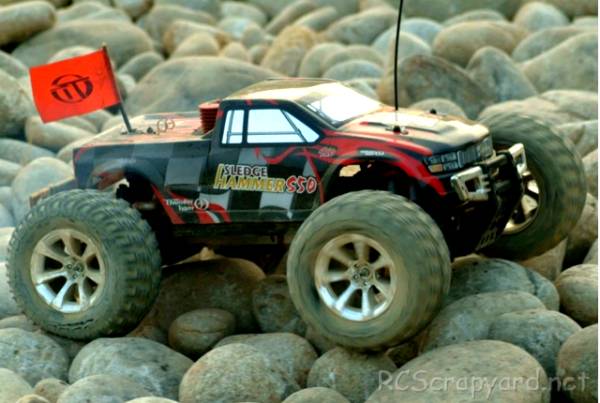
★ Thunder Tiger MTA-4 Sledge-Hammer S50 ★
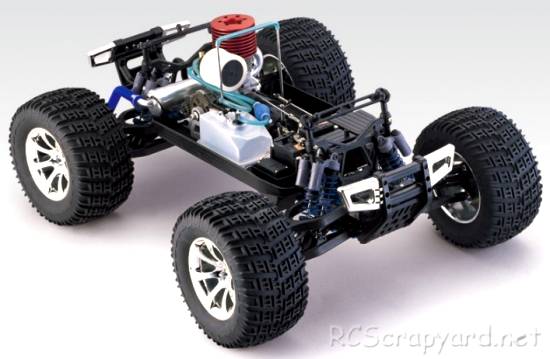
★ Thunder Tiger MTA-4 Sledge-Hammer S50 Chassis ★
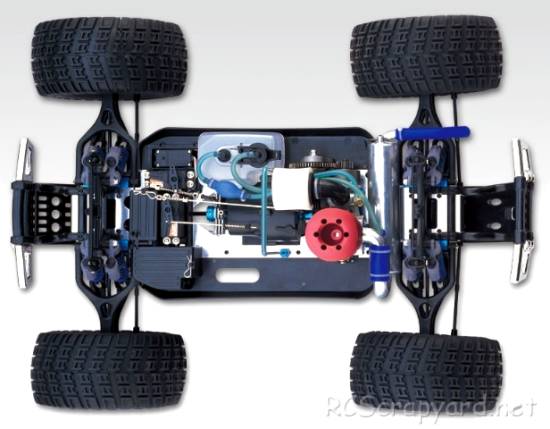
★ Thunder Tiger MTA-4 Sledge-Hammer S50 Chassis ★
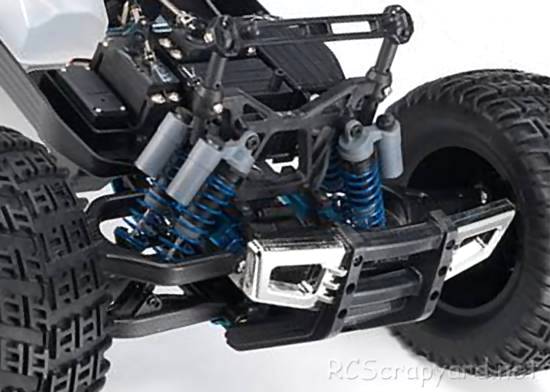
★ Thunder Tiger MTA-4 Sledge-Hammer S50 Chassis ★
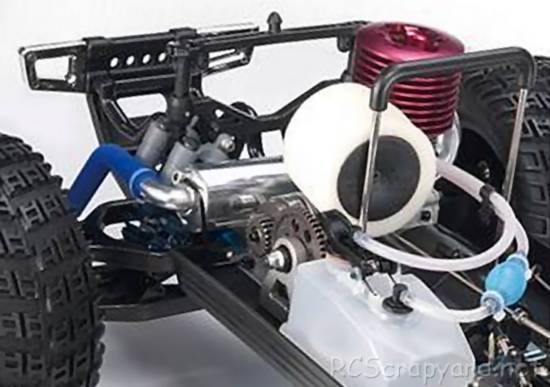
★ Thunder Tiger MTA-4 Sledge-Hammer S50 Chassis ★
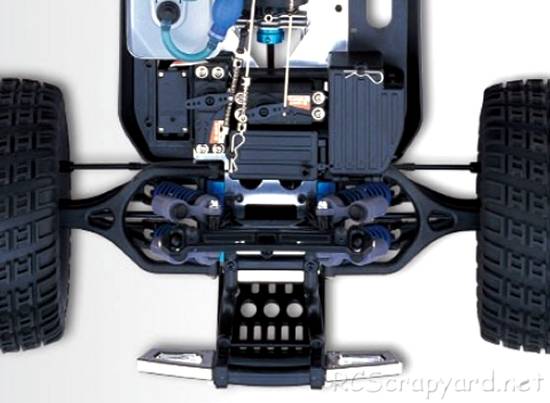
★ Thunder Tiger MTA-4 Sledge-Hammer S50 Chassis ★
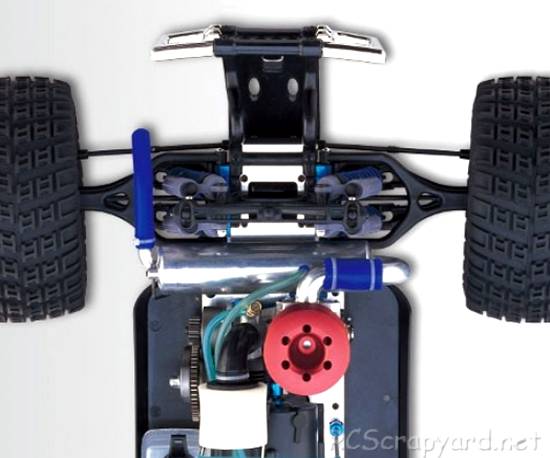
★ Thunder Tiger MTA-4 Sledge-Hammer S50 Chassis ★
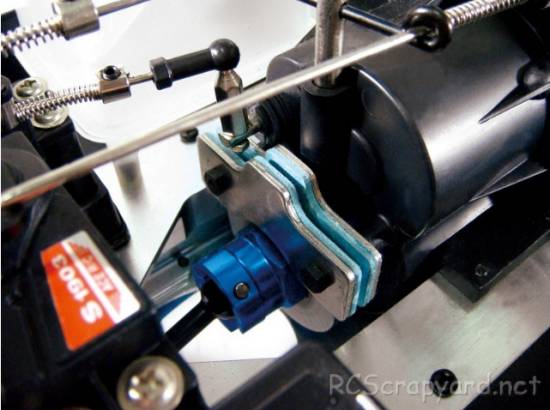
★ Thunder Tiger MTA-4 Sledge-Hammer S50 Chassis ★
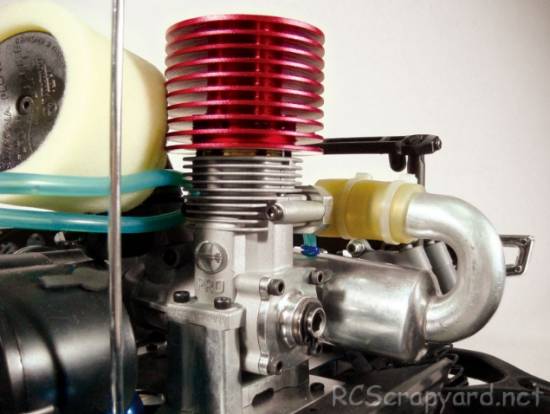
★ Thunder Tiger MTA-4 Sledge-Hammer S50 Chassis ★
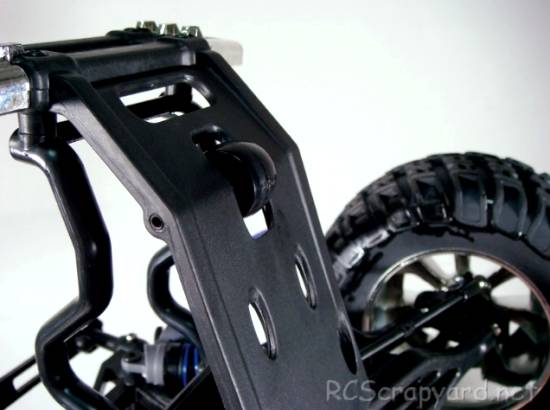
★ Thunder Tiger MTA-4 Sledge-Hammer S50 Chassis ★
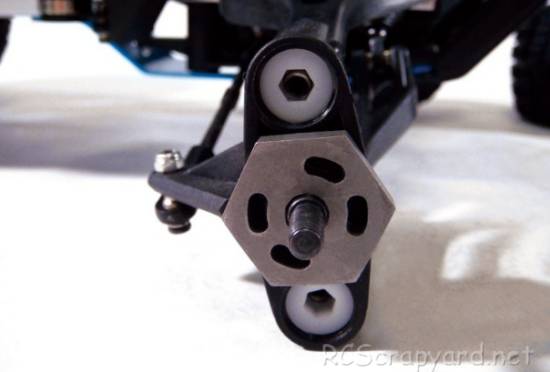
★ Thunder Tiger MTA-4 Sledge-Hammer S50 Chassis ★
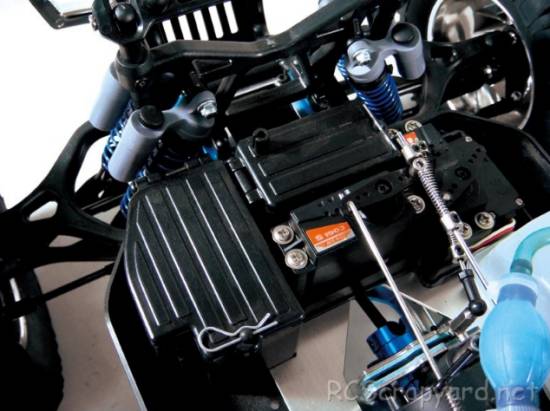
★ Thunder Tiger MTA-4 Sledge-Hammer S50 Chassis ★
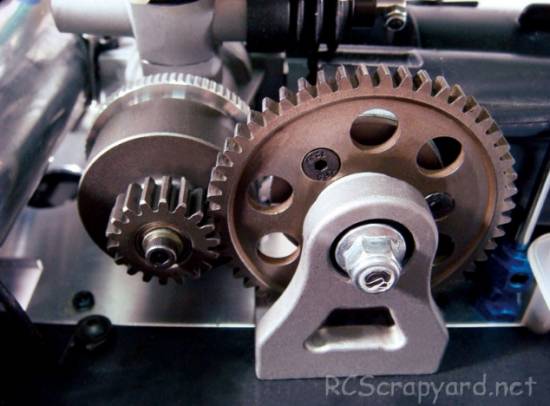
★ Thunder Tiger MTA-4 Sledge-Hammer S50 Chassis ★
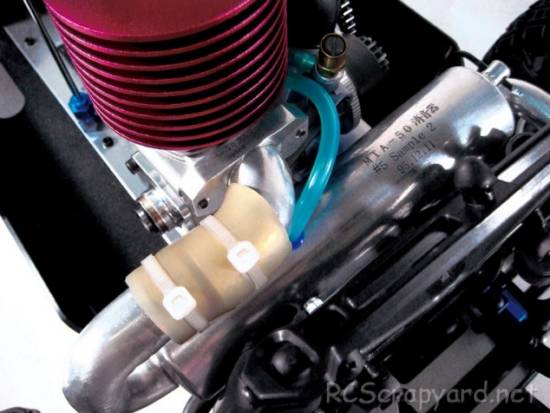
|
Buying a Used Thunder Tiger MTA-4
|
|
Manufacturers and Brands Catalogued, Listed and Reviewed by RC-Scrapyard.
At present, the RC Model Manufacturers, Brands and Distributors covered by us are: ABC Hobby, Academy, Acme Racing, Agama Racing, Amewi, Ansmann Racing, ARRMA, Team Associated, Atomic RC, Axial, AYK, Bolink, BSD Racing, Capricorn, Carisma, Carson, Caster Racing, Cen, Corally, Custom Works, Durango, Duratrax, ECX - Electrix, Exceed RC, FG Modellsport, FS-Racing, FTX, Fujimi, Gmade, GS-Racing, Harm, HBX, Helion, Heng Long, Himoto Racing, Hirobo, Hitari, Hobao, Hong-Nor, Hot Bodies, HPI, HSP, Intech, Integy, Jamara, JQ Products, Kawada, Kyosho, Losi, LRP, Maisto, Mardave, Marui, Maverick, MCD Racing, Megatech, Mugen, New Bright, Nichimo, Nikko, Nkok, Ofna, Pro-Pulse, Protech, PTI, RC4WD, Redcat Racing, RJ-Speed, Robitronic, Schumacher, Seben, Serpent, Smartech, Sportwerks, Step-Up, Tamiya, Team-C Racing, Team Magic, Thunder Tiger, Tomy, Top Racing, Traxxas, Trinity, Tyco, Vaterra RC, Venom, VRX Racing, WLToys, X-Factory, Xmods, Xpress, Xray, XTM, Yankee RC, Yokomo, ZD Racing and Zipzaps. |
|
Hints, Tips and Information Rechargeable Batteries
|
|
Hints, Tips and Information
Radio Frequencies - be Careful be Safe
After buying your first car, it won't be long before you need more than simply bashing around the back yard, or out on the street. So you will be looking around to find a club that is not too far away where you can do some serious racing. |
|
RC Models:
|
Radio & Motors: |
Other
Accessories: |